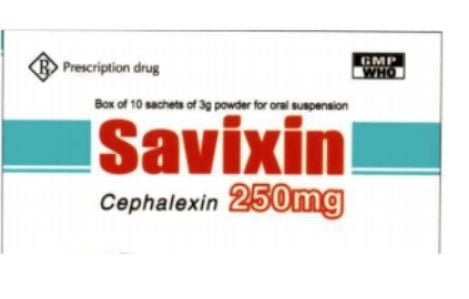This is an automatically translated article.
The article is professionally consulted by Master, Doctor Vu Quoc Anh - Pediatrician - Department of Pediatrics - Neonatology - Vinmec Danang International General Hospital. Dr. Anh has nearly 10 years of experience as a resident doctor and treating doctor at Hue Central Hospital and Danang Children's Hospital. Her strength is diagnosis and treatment of pediatric diseases; Pediatric resuscitation and first aid.Smallpox is a disease caused by a virus. The initial symptoms of the disease such as fever, rash... are easily confused with other infectious diseases.
1. How is smallpox spread?
Smallpox is caused by infection with the variola virus. Early symptoms of smallpox include high fever and fatigue. The virus then causes a characteristic rash, especially on the face, arms, and legs. The spots become filled with clear liquid, turn pus, which forms a crust, which eventually dries and falls off. The smallpox virus can be transmitted in the following waysDirect from person to person: Direct transmission of the virus requires prolonged direct contact. The virus can be transmitted through the air by droplets released when an infected person coughs, sneezes, or talks. Indirectly from an infected person: In rare cases, airborne viruses can spread further, perhaps through the ventilation system in a building, infecting people in other rooms or on other floors. Through contaminated items: Smallpox can also be spread through contact with contaminated clothing and bedding, although the risk of infection from these sources is less common.

2. Smallpox Signs and Symptoms
The first symptoms of smallpox usually appear 10 to 14 days after the patient has contracted the virus. During the incubation period of 7 to 17 days, you feel well and cannot infect others.Signs and symptoms of smallpox may include:
Sudden high fever that may recur Irritability Widespread skin rash - flat spots that turn into boils then hard blisters that then close Scaly Severe headache Back pain Abdominal pain Vomiting Diarrhea. A few days later, red, flat spots appear first on the face, hands, and forearms and then on the trunk. Within a day or two, many of these lesions turn into small blisters filled with clear fluid, which then turn into pus. The scabs begin to form 8 - 9 days later and eventually fall off, leaving a deep scar.
In 30 to 50% of unvaccinated people with primary variola, the disease progresses with bleeding, low blood pressure, multiple organ failure, and death.
3. Prevention and treatment

3.1 Smallpox vaccine Within 3 days of exposure to the virus, the vaccine can protect you from the disease. If you still get the disease, you're likely to get sick much less often than someone who isn't vaccinated.
Within 4 to 7 days of being exposed to the virus, the vaccine can give you some protection from the disease. If you still get the disease, you may not get as sick as someone who hasn't been vaccinated.
Once you have developed smallpox, the vaccine will no longer provide protection.
Currently, the smallpox vaccine is not available to the public because smallpox has been eliminated and the virus is no longer present in the wild.
3.2 Antiviral Drugs In July 2018, the FDA approved tecovirimat (TPOXX) for the treatment of smallpox. In laboratory tests, tecovirimat has been shown to be effective against the smallpox virus. In the laboratory, the drug was effective in treating animals with diseases similar to smallpox. Tecovirimat has not been tested in people with smallpox, but it has been given to healthy people. Test results show that it is safe and causes only minor side effects.
Cidofovir and brincidofovir have been shown to be effective against the smallpox virus. In laboratories, these drugs are effective in treating animals with diseases similar to smallpox. Cidofovir and brincidofovir have not been tested in people with smallpox, but have been tested in healthy people and in people with other viral illnesses. These drugs continue to be evaluated for efficacy and toxicity.
Because these drugs have not been tested in people with smallpox, it is not known whether a person with smallpox will be effective in treating the disease. However, their use may be considered if there is an epidemic of smallpox.
Please dial HOTLINE for more information or register for an appointment HERE. Download MyVinmec app to make appointments faster and to manage your bookings easily.














